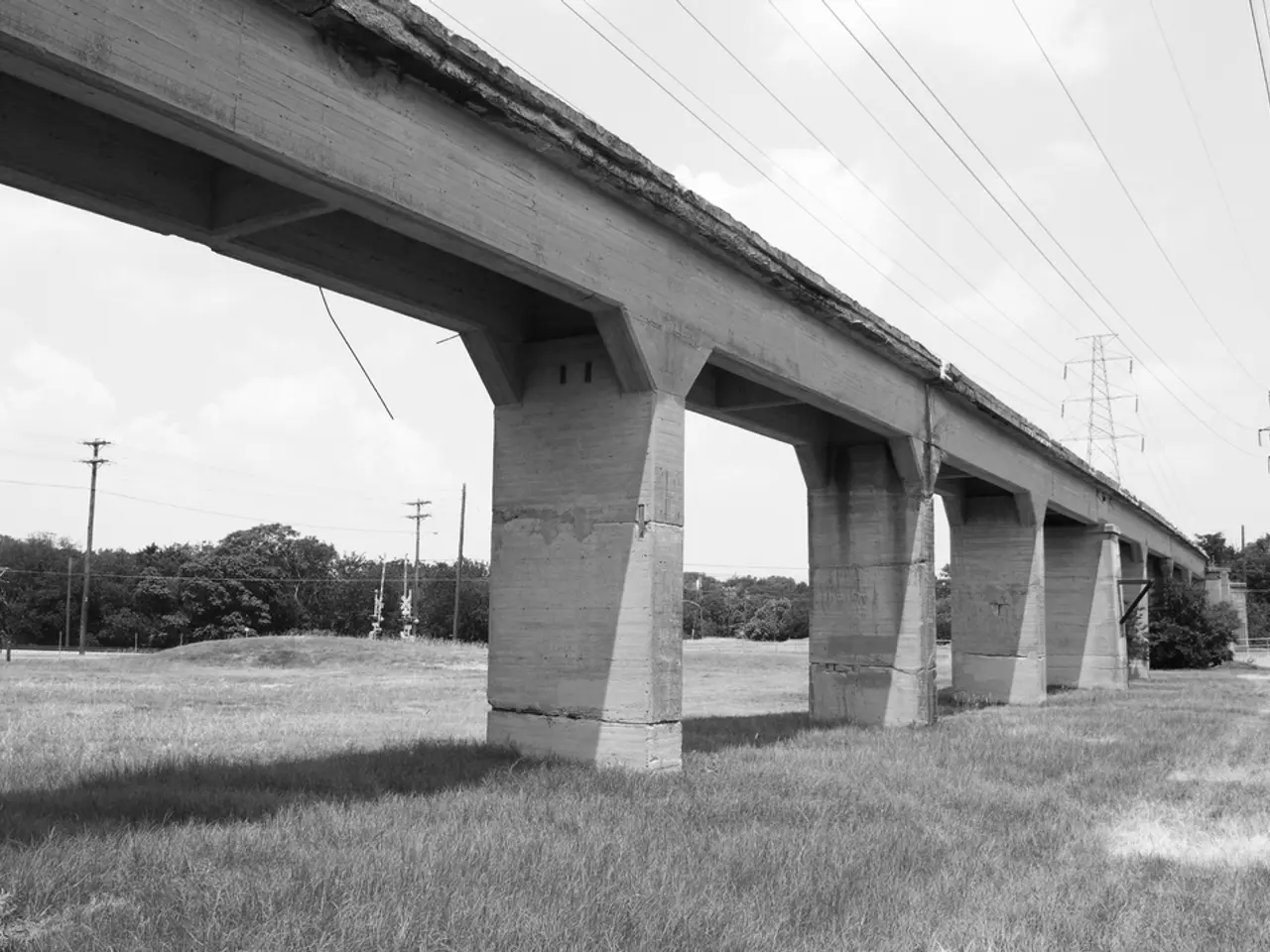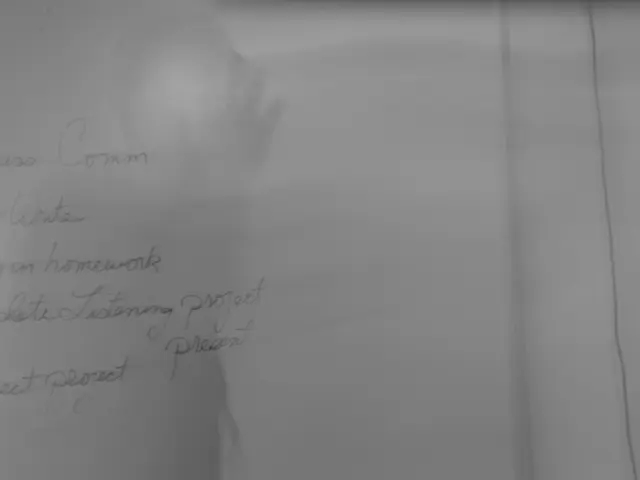Germany's PV Expansion Faces Grid Hurdles, but Market-Driven Growth Vital for Climate Goals
Germany's push for photovoltaics (PV) faces hurdles due to grid constraints and fluctuating electricity prices. Despite this, the market-driven expansion is vital for the country's climate goals.
The primary challenge lies in limited grid connection capacities. However, overbuilding these connections can lead to power cuts during peak sun hours, yet increased feed-in at attractive prices. r2b energy consulting, led by Felix Müsgens, a veteran of the industry, suggests holistic consideration of configuration options to deliver tailored solutions.
Alternative system designs can alter generation structures, producing more electricity seasonally and during morning/afternoon hours. Increasing module capacity or using east-west orientation can boost revenues and land efficiency. Battery storage, too, is gaining traction for optimizing PV market values and additional revenue on spot and reserve markets.
A 20-megawatt PV plant with south-facing orientation generates around 22 gigawatt-hours of electricity annually, earning about 1.3 million euros. However, an optimal PV system configuration requires considering grid connection, system design, and storage solutions holistically.
Retrofitting battery storage at existing open-space PV plants can bypass grid connection availability issues. By considering various configuration options, Germany can maximize its PV potential, ensuring a smooth transition towards its climate goals.
Read also:
- Summarized Report: Insights from the Realm of Transportation
- Recorded surge in electric vehicle registrations during the initial half of the year
- Polestar CEO, Lohscheller, voices concern on the ongoing debates about competitors' products: "Maintain focus, avoid distractions"
- Jane Goodall's Legacy: From Chimpanzee Tool Use to Global Conservation








